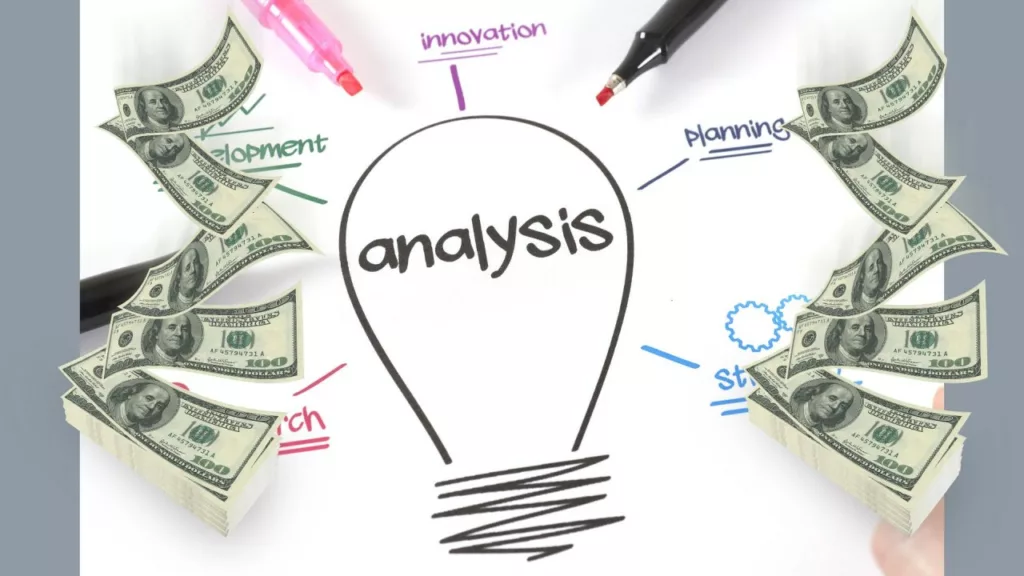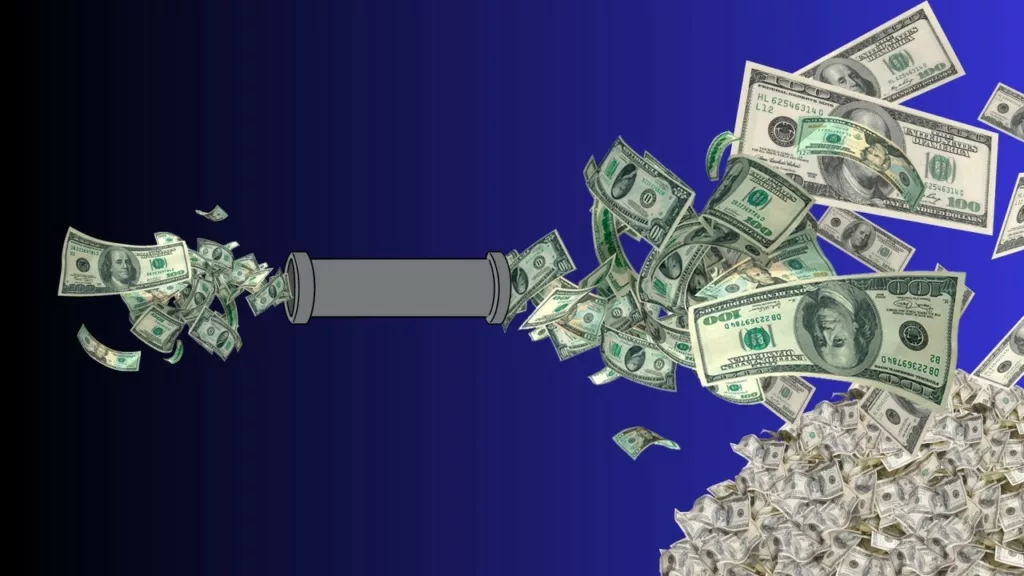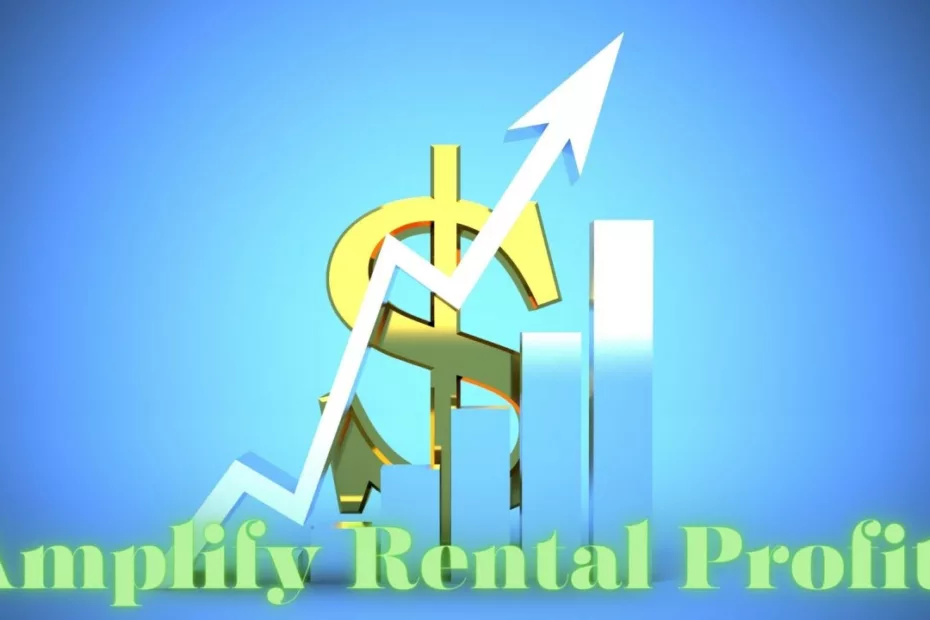Calculating how much profit you should make on a rental property is straightforward, but the key word here is “should.” Repair costs, while fairly standard across the industry, will vary based on how efficiently you run your rental business. Rental revenues will fluctuate based on how well you collect market rents. However, empirical research has determined how much profit you should earn on a rental property.
Rental properties average a profit of 6.8% of the property value each year, and these same houses will appreciate an average of 3.3% annually. However, nicer properties tend to have a lower profit margin but a greater appreciation rate. You can beat these numbers.
In this article, I will explain how these numbers are derived and how they differ between cities. In addition, I’ll give you the actual numbers I am getting on my portfolio of houses. Plus, I’ll show you a proven method to improve your rental portfolio results.
Anticipated Rent Profit and Property Appreciation

An academic study by Andrew Demers and Andrea Eisfeldt was the first in-depth study of the total returns of single-family rentals over a long period. This paper, Rental Yields and HPA: The Returns to Single Family Rentals, looked at properties in the 30 largest metropolitan statistical areas (MSA) over 28 years. Using data from the US Census Bureau’s American Housing Survey (AHS), this study breaks down rental yields and property appreciation (capital gains) by average home values in the MSAs.
The study finds that the 5 MSAs with the lowest home values average an annual profit of 6.8%, and these homes appreciate at 3.3% each year. Over the same period, houses in the top 5 MSAs (by home value) average a profit of 3.5% with an appreciation rate of 6%. This increased appreciation in higher-priced cities is consistent with the findings of “Superstar Cities,” a 2013 paper from the Wharton School written by Gyourko, Joseph, Christopher Mayer, and Todd Sinai.
Using these numbers, a hypothetical property, in a lower-tier city, with a value of $100,000 would have a net profit of $6,800 (6.8% of the property’s value). We know that average operating expenses are about 40% of the rent; therefore, the total rent should be $11,133.33 annually. This gives a monthly rent of $944.44, which is surprisingly close to the rent predicted by the 1% rule.
Cash Flow Analysis

Positive cash flow is a crucial aspect of successful rental property investment. It ensures that real estate investors profit from their investment properties and can sustain their investment over the long term. Understanding cash flow and its components is essential for making informed decisions in real estate investing.
Cash flow refers to the amount remaining after all expenses have been deducted from the rental property’s income. It is a key indicator of the property’s profitability and return on investment (ROI). Positive cash flow means the rental income exceeds the expenses, resulting in a net profit.
How To Calculate Cash Flow
To calculate cash flow, real estate investors need to consider several factors. First, start with gross rental income, which is the total amount of rent that can be collected from tenants. Gross rental income is the total rent that can be collected with no vacancies. This figure sets the foundation for cash flow analysis.
From gross rental income, subtract everything paid out. Subtract all operating expenses, capital expenditures, and the monthly mortgage payment. Additionally, subtract rent from the vacant period from the gross rental income. This final number is the cash flow for the rental property.
Factors Affecting Cash Flow
The purchase price of the investment property plays a significant role in determining cash flow. A lower purchase price can reduce mortgage payments and overall expenses, increasing positive cash flow likelihood. Conversely, a higher purchase price will reduce or eliminate positive cash flow.
The local market conditions, including rental rates and demand for rental properties, also impact cash flow. A good area with high rental demand can command higher rental rates, contributing to positive cash flow. Moreover, the condition of the property and any necessary repairs or maintenance costs should be considered when estimating expenses.
Importance of Cash Flow Analysis
Conducting a thorough cash flow analysis is the foundation of a successful rental property investment. It helps determine whether a property has the potential for positive cash flow and a good return on investment.
Real estate investors should consider purchase prices, rental rates, expenses, local market conditions, property management, and legal obligations. By assessing these elements, investors can make informed decisions to maximize their rental profits and achieve long-term financial success in the real estate market.
Effects of Property Appreciation on Profit

Property appreciation can be a significant factor in the overall profitability of a rental property. However, appreciation is speculative and should not be relied upon as the primary source of profit.
Cash flow, driven by monthly rental income and expenses, should be the primary focus for real estate investors. A successful investment should not require appreciation to be financially viable.
What is Appreciation?
Appreciation refers to the increase in the value of a property over time. It is typically calculated by comparing the property’s current market value to its initial purchase price.
Market conditions, demand for properties in the area, economic factors, and development or improvements in the vicinity can influence appreciation.
Appreciation Can Amplify Profit
While cash flow provides immediate returns through rental income, appreciation can amplify the gains on a rental property over the long term. The investor’s equity and potential profit increase as the property value appreciates. This can be advantageous when refinancing or selling the property in the future.
Appreciation Is Speculative
It is crucial to note that appreciation is not guaranteed and can be unpredictable. Market fluctuations and economic conditions can impact property values.
Real estate investors should never rely solely on appreciation to achieve a good profit. Instead, the focus should be on generating positive cash flow through rental income. Let appreciation be the icing on your real estate cake.
By prioritizing cash flow, investors can ensure the property remains financially sustainable, even without significant appreciation. Cash flow provides a steady income stream and allows investors to cover mortgage payments, property taxes, insurance, and maintenance costs. It also provides a reliable source of passive income and helps build long-term wealth.
Real estate investors should not overlook the importance of property appreciation, but it should be viewed as the icing on the cake rather than the primary driver of profitability. Investing in properties with strong cash flow potential and good market fundamentals is prudent. By focusing on cash flow and conducting thorough due diligence, investors can mitigate risks and achieve overall profit and financial success in the rental real estate market.
How to Beat the Averages

The profit and appreciation numbers quoted above are averages based on the property’s value. The way to beat the average return on a rental property is to purchase and renovate a house for significantly less than the property’s market value. As a real estate investor, your primary skill should be finding undervalued properties.
Suppose you have a property valued at $100,000. Using the 6.8% profit predicted above, you should have an annual net profit of $6,800. If you purchased that property for $90,000, you should get the same rent (after all, it is the same property), which produces a return of 7.67% per year. The table below shows you the returns for different purchase prices.
| Purchase Price | Rental Yield |
| $100,000 | 6.80% |
| $90,000 | 7.67% |
| $80,000 | 8.50% |
| $70,000 | 9.71% |
| $60,000 | 11.33% |
| $50,000 | 13.60% |
| $40,000 | 17.00% |
As an investor in rental houses, you should strive to purchase homes at no more than 50 times the monthly rent. This means you should invest no more than $50,000 in a hypothetical house that rents for about $1,000 per month, giving you an annual return of over 13%. It is challenging to find properties at this price, but this article explains why you must never pay for than 50 times the rent for a rental house.
My Numbers

Knowing a property’s actual value is impossible until you sell it, so I have used online sources to value my houses (mainly Zillow). My portfolio has a value of $6,578,400. In 2022, my net income, disregarding mortgage interest and depreciation, was $442,249. This net profit is 6.72% which is very close to the average of 6.8%. Sadly, I had another $84,000 in interest expense, which gave me an actual net profit of 5.45% of the property value. (Note: That net income sounds impressive, but my actual cash flow is much lower.)
I accumulated these properties over the last 15 years. Using the depreciation schedule from my 2022 tax return, I spent $2,453,677 to purchase and renovate these properties. My net profit, excluding mortgage interest and depreciation, of $442,249 gives me an annual return of 18% on the money invested (14.6% if interest expense is included). In addition, I used leverage on most of these properties, giving me a much greater cash-on-cash return.
The initial cost of my current portfolio is $2.45M, and the estimated market value of these properties is $6.58M, which is a 168% gain. Determining the annualized housing appreciation is difficult because I did not have the same number of properties each year. Remember that this is not all property appreciation because I buy all properties well below market value.
Conclusion
The average profit on a portfolio of rental houses ranges from 3.5% to 6.8% of the property value, while property appreciation is from 3.5% to 6% annually. These values are primarily dependent on the geographical location of the rental properties. Rigorous academic research was used to arrive at these values, and the numbers from my actual portfolio confirm the research findings. The effective rate of return can be significantly expanded by purchasing property well below market value.
Rental property investment can be a lucrative and rewarding endeavor for investors. By understanding the key factors contributing to profitability, investors can make informed decisions and maximize their returns over the long term. Positive cash flow and potential property appreciation set the stage for financial success.
Cash flow analysis is an essential tool for assessing the profitability of rental properties. Investors must carefully calculate and evaluate the rental income, expenses, and mortgage payments to ensure positive cash flow.
A reliable cash flow income stream allows investors to cover costs, generate passive income, and build long-term wealth. Considering purchase price, rental rates, expenses, and local market conditions help investors make sound investment choices and secure good returns.
While appreciation can amplify profit in the long run, it is essential to approach it cautiously. Appreciation is speculative and not guaranteed, making cash flow the primary driver of profitability.
Investors should not solely rely on appreciation to achieve a good return on investment. Instead, they should focus on acquiring properties with strong cash flow potential and favorable market fundamentals.
Real estate investment requires careful planning, research, and diligence. Understanding local landlord-tenant laws, working with real estate agents or property management companies, and staying informed about market trends is crucial for success. Additionally, considering factors such as property condition, potential repairs, and vacancy rates helps investors make informed decisions and avoid unforeseen expenses.
As with any investment, new investors must conduct thorough due diligence, seek professional advice, and carefully analyze the numbers. Utilizing tools such as ROI calculations, cap rate calculations, and internal rate of return analysis can provide a clearer picture of the investment’s potential.
The key to amplifying profits in rental property investment lies in purchasing properties at a price significantly lower than their market value. By acquiring undervalued properties and implementing renovations if necessary, investors can beat the average returns in the market.
It’s a good idea for rental property owners to purchase properties at no more than 50 times the monthly rent, allowing for an annual return of over 13% and ensuring a favorable investment outcome.
Rental property investment offers long-term financial stability and wealth accumulation. By focusing on positive cash flow, understanding the dynamics of property appreciation, and considering various factors that impact profitability, investors can make informed decisions and set themselves up for success in the rental property market. With the right approach, a well-chosen rental property can become a valuable asset and a consistent income source for years.




